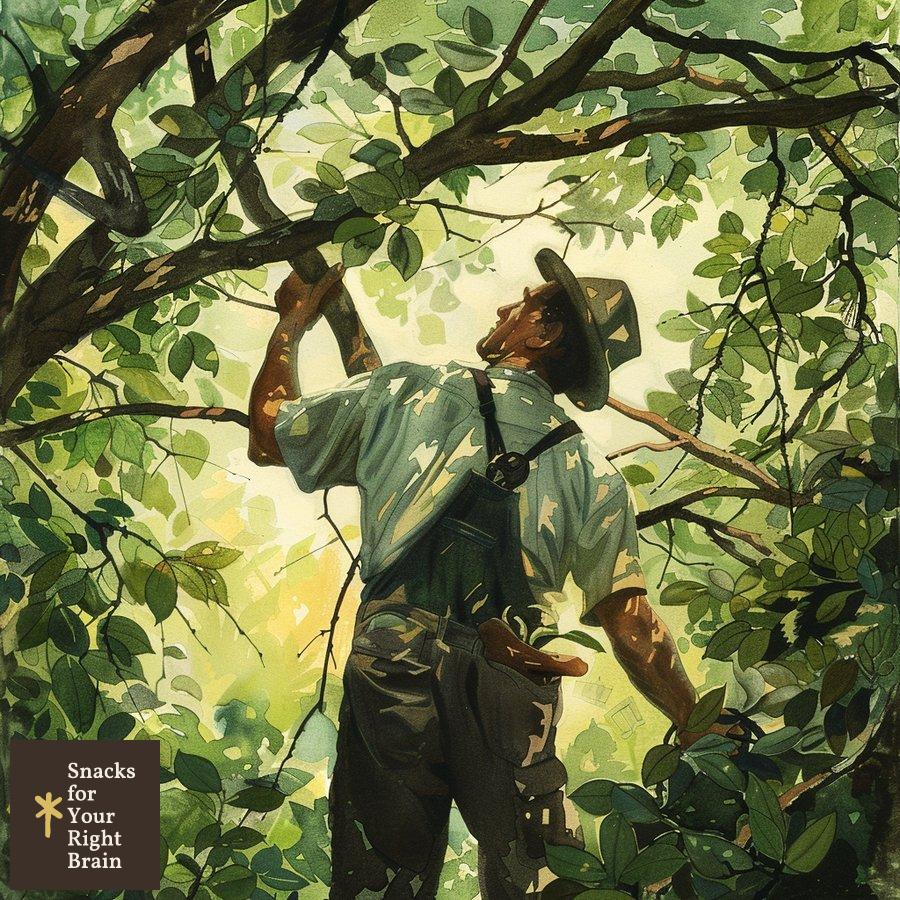How to Write a Plot Twist in a Short Story
What is a plot twist in short fiction?

A plot twist in short fiction refers to an unexpected development in the narrative that alters the reader’s understanding of the story. This literary device serves to surprise the audience, often leading to a reevaluation of the preceding events or the characters involved. A well-executed plot twist can transform a straightforward narrative into a complex and engaging experience, enhancing the emotional impact and thematic depth of the story.
Plot twists can take various forms, including:
-
Revelations about character motivations: A character’s true intentions may be unveiled, changing the reader’s perception of their actions.
-
Unexpected outcomes: Events may unfold in a manner that defies the reader’s expectations, such as a hero failing or a villain showing compassion.
-
Shifts in perspective: The narrative may switch points of view, revealing new information that alters the context of the story.
Understanding the essence of a plot twist is essential for writers aiming to create compelling short fiction. It involves not only the element of surprise but also a deeper connection to the story’s themes and characters.
Why are plot twists important in short stories?
Plot twists serve several significant purposes in short stories, enhancing both the narrative structure and the reader’s experience. Their importance can be outlined as follows:
-
Engagement: A well-placed twist captivates readers, keeping them invested in the story. The element of surprise can evoke strong emotional reactions, making the narrative memorable.
-
Theme Exploration: Plot twists often illuminate underlying themes, allowing writers to convey complex ideas in a concise format. They can challenge readers’ assumptions and provoke thought about the story’s message.
-
Character Development: Twists can reveal hidden facets of characters, enriching their development. Understanding a character’s true nature or motivations can lead to a more profound emotional connection with the audience.
-
Narrative Complexity: Short stories benefit from twists that add layers to the plot, making them more intricate and rewarding. A twist can shift the narrative direction, prompting readers to reconsider earlier events and their significance.
In summary, plot twists are vital components that enhance engagement, deepen thematic exploration, enrich character development, and increase narrative complexity in short stories.
How do different types of plot twists function in short fiction?
Different types of plot twists serve distinct functions within the narrative structure of short fiction. Understanding these categories can aid writers in selecting the most effective twist for their story. The primary types of plot twists include:
-
The Red Herring: This twist misleads readers by introducing false clues or distractions. The purpose is to divert attention from the actual twist, creating a more significant impact when the truth is revealed.
-
The Revelation Twist: This twist unveils hidden truths about characters or events, dramatically altering the reader’s understanding. It often involves a character’s backstory or motivations that were previously obscured.
-
The Irony Twist: This twist plays on expectations, where the outcome is contrary to what is anticipated. It highlights the irony of a situation, often leading to a humorous or poignant realization.
-
The Perspective Shift: This twist involves a change in the narrative viewpoint, revealing new information that reshapes the reader’s understanding of the plot. It can create a sense of disorientation, enhancing the impact of the twist.
-
The Circular Twist: This twist brings the story full circle, connecting the beginning and end in a surprising way. It often reveals that events were interconnected in unexpected manners.
Each type of plot twist functions differently, but all share the common goal of surprising the reader and enriching the narrative. Writers should consider which type aligns best with their story’s themes and character arcs.
What techniques can writers use to craft effective plot twists?
Crafting effective plot twists requires careful planning and execution. Writers can employ several techniques to enhance the impact of their twists, including:
-
Planting Clues: Subtle hints should be woven into the narrative, allowing readers to piece together the twist without feeling misled. These clues should be ambiguous enough to maintain suspense while still being relevant.
-
Building Tension: Gradually increasing tension throughout the story can prepare readers for a twist. This can be achieved through pacing, character conflicts, and escalating stakes.
-
Creating Misdirection: Writers can lead readers to believe one thing while subtly hinting at an alternative reality. This misdirection can involve unreliable narrators or misleading character actions.
-
Using Symbolism: Incorporating symbols that foreshadow the twist can add depth to the narrative. These symbols can serve as metaphors for the twist, enriching the reader’s experience.
-
Employing Flashbacks or Flashforwards: These narrative techniques can provide context and background information that may not be immediately apparent. They can create a sense of anticipation for the twist.
-
Testing Reader Assumptions: Writers should challenge readers’ expectations by introducing unconventional elements. This can involve breaking genre conventions or subverting common tropes.
Using these techniques thoughtfully can enhance the effectiveness of plot twists, making them more impactful and memorable for readers.
How can authors foreshadow without revealing the twist?
Foreshadowing is a critical element in crafting plot twists, as it prepares readers for the unexpected without giving away the outcome. Authors can employ several strategies to achieve this balance:
-
Subtle Hints: Incorporating vague references or ambiguous statements can suggest future events without revealing the twist. These hints should be open to interpretation, allowing readers to draw their conclusions.

-
Character Behavior: Characters may exhibit behaviors or reactions that hint at deeper motivations. These actions should be consistent with their established personalities while leaving room for surprise.
-
Symbolic Elements: Utilizing symbols or motifs that resonate with the twist can create a sense of anticipation. These elements should be woven into the narrative in a way that feels organic and not forced.
-
Dialogue Nuances: Characters’ conversations can include cryptic remarks or double meanings that foreshadow the twist. This technique allows for subtlety while still engaging the reader’s curiosity.
-
Setting Details: The environment can reflect the story’s underlying themes or foreshadow events. Descriptive elements in the setting can create an atmosphere that hints at the twist’s nature.
-
Pacing: Gradually revealing information can build suspense without disclosing the twist. Writers can control the flow of information to maintain intrigue and keep readers guessing.
By employing these strategies, authors can effectively foreshadow plot twists, enhancing the reader’s experience while preserving the element of surprise.
What are the common pitfalls when writing plot twists?
Writers should be aware of common pitfalls that can undermine the effectiveness of plot twists. Avoiding these missteps can lead to more successful and engaging narratives:

-
Overcomplicating the Twist: A twist that is too convoluted can confuse readers rather than surprise them. Simplicity often enhances impact, so clarity should be prioritized.
-
Neglecting Character Consistency: Twists that contradict established character traits can feel unearned and unsatisfactory. Maintaining character integrity is essential for a believable twist.
-
Excessive Misdirection: While misdirection can be effective, overdoing it can lead to frustration. Readers may feel manipulated if the clues are too misleading or if the twist feels arbitrary.
-
Failing to Foreshadow: A twist that lacks foreshadowing can come across as random or unconvincing. Subtle hints should be integrated throughout the narrative to prepare readers for the revelation.
-
Ignoring Emotional Impact: A twist should resonate emotionally with readers. If the twist feels disconnected from the characters’ journeys or the story’s themes, it may fall flat.
-
Rushing the Reveal: The timing of the twist’s reveal is crucial. A rushed reveal can diminish its impact, while a well-timed twist allows for maximum emotional resonance.
Being mindful of these pitfalls can help writers create more effective and satisfying plot twists that enhance their short stories.
How can writers revise and refine their plot twists?
Revising and refining plot twists is essential to ensure their effectiveness in short stories. Writers can follow several strategies during the revision process:
-
Solicit Feedback: Sharing the story with beta readers or writing groups can provide valuable insights. Feedback can highlight areas where the twist may be unclear or unconvincing.

-
Evaluate Clarity: Writers should assess whether the twist is clear and comprehensible. If readers struggle to understand the twist, it may need further refinement or clarification.
-
Check for Foreshadowing: Reviewing the narrative for adequate foreshadowing can help ensure that the twist feels earned. Writers should verify that hints are present and appropriately subtle.
-
Analyze Character Reactions: Examining how characters respond to the twist can reveal whether it aligns with their development. Reactions should feel authentic and consistent with their arcs.
-
Test Reader Assumptions: Writers can consider whether the twist effectively challenges reader expectations. A successful twist should surprise while still being plausible within the narrative context.
-
Revisit Pacing: Evaluating the pacing leading up to the twist can help determine if it builds sufficient tension. Adjusting the flow of information can enhance the twist’s impact.
Through these revision strategies, writers can refine their plot twists, ensuring they resonate with readers and enhance the overall narrative.
Which short stories exemplify masterful plot twists?
Several short stories are renowned for their masterful plot twists, serving as excellent examples for writers seeking inspiration. Notable works include:
-
“The Lottery” by Shirley Jackson: This story features a shocking twist that critiques societal norms, leaving readers questioning the nature of tradition and conformity.
-
“The Gift of the Magi” by O. Henry: A poignant twist reveals the sacrifices made by the protagonists for each other, emphasizing the theme of love over material possessions.
-
“The Cask of Amontillado” by Edgar Allan Poe: This tale’s chilling twist underscores themes of revenge and betrayal, showcasing Poe’s mastery of suspense and irony.
-
“The Tell-Tale Heart” by Edgar Allan Poe: The twist in this story reveals the unreliable nature of the narrator, creating a sense of horror and psychological depth.
-
“Lamb to the Slaughter” by Roald Dahl: This story features a darkly humorous twist that highlights the absurdity of the situation, showcasing Dahl’s unique storytelling style.
These examples illustrate how effective plot twists can enhance themes, character development, and emotional impact in short fiction.
What exercises can improve plot twist writing skills?
Improving plot twist writing skills requires practice and experimentation. Writers can engage in various exercises to enhance their abilities:
-
Read Widely: Exploring short stories known for their plot twists can provide insights into effective techniques. Analyzing how twists are executed can inspire new ideas.
-
Write Alternate Endings: Taking a story and rewriting its ending with a different twist can challenge writers to think creatively. This exercise encourages exploration of various narrative possibilities.
-
Create Character Profiles: Developing detailed profiles for characters can help writers understand their motivations. This understanding can lead to more believable and impactful twists.
-
Practice Foreshadowing: Writing short scenes that incorporate subtle hints for a twist can sharpen foreshadowing skills. This exercise allows writers to experiment with various techniques.
-
Engage in Writing Prompts: Utilizing writing prompts focused on plot twists can stimulate creativity. Prompts can challenge writers to think outside the box and develop unexpected narratives.
-
Peer Review: Sharing stories with fellow writers for feedback can provide fresh perspectives. Constructive criticism can highlight areas for improvement and inspire new ideas.
These exercises can enhance writers’ skills in crafting effective plot twists, ultimately enriching their short fiction.
In conclusion, crafting a compelling plot twist in short fiction involves understanding its nature, significance, and the techniques that can be employed to create an impactful narrative. By avoiding common pitfalls and engaging in targeted exercises, writers can refine their abilities and produce stories that resonate with readers, leaving a lasting impression.






